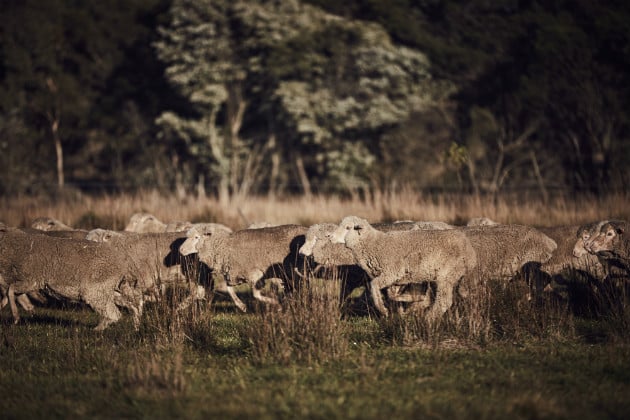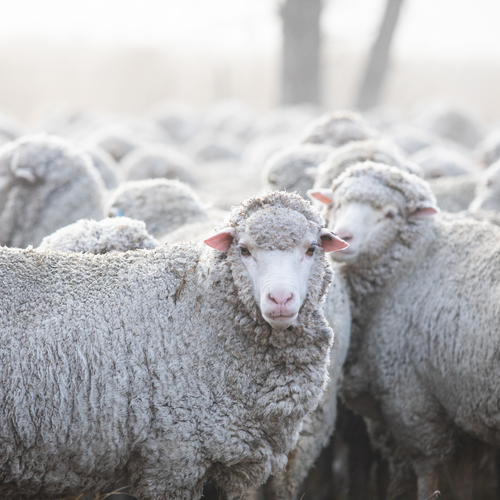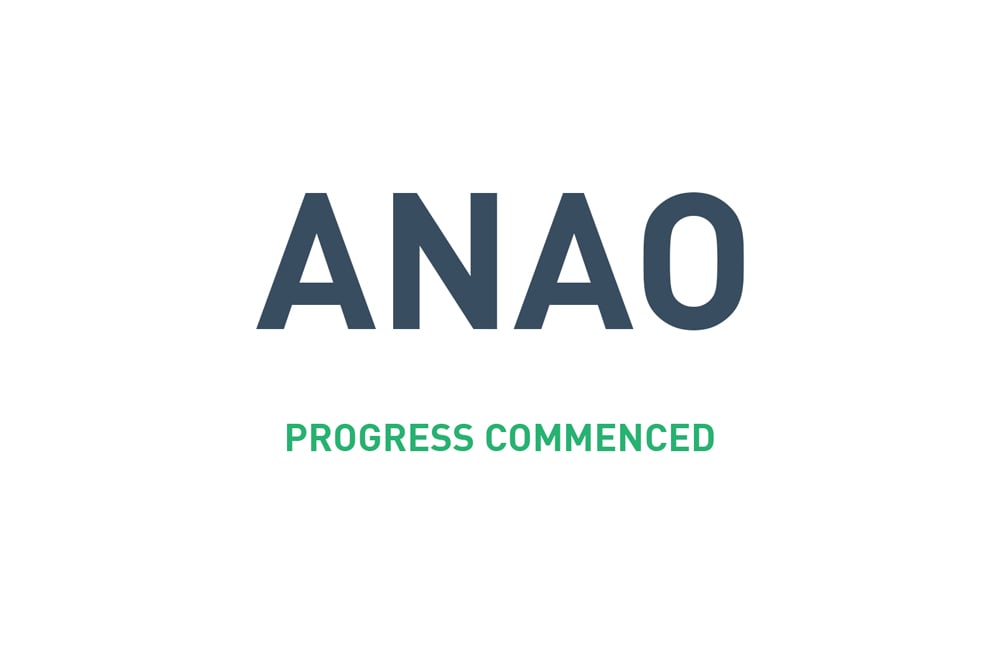Traceability, consultation, measurement and evaluation key strategic priorities for AWI

Australian Wool Innovation's (AWI) strategic plan for the next three years has been published, with traceability, consultation and measurement and evaluation highlighted as the major investment and operational priorities for the not-for-profit company owned by Australia’s woolgrowers.
CEO Stuart McCullough said that in drafting the strategic plan for 2019 through to 2022 AWI had incorporated feedback and input provided by industry, gathered through AWI’s annual planning and consultation cycle, to ensure it reflected woolgrower priorities for research, development and marketing.
"AWI has consulted widely with woolgrowers and their representatives to ensure industry views and priorities were incorporated into the final plan," Mr McCullough said.
“As always, AWI’s overriding commitment is to support Australian woolgrowers and ensure they get the best price for their wool. But through the consultation process, we have been able to home in some priorities that woolgrowers believe will make a big difference to the industry over the next three years.
“The Ernst & Young 2018 Review of Performance (ROP) was also instrumental in forming our new strategic plan. With our overall implementation progress of the ROP recommendations progressing well and tracking at more than 70 per cent, consultation and measurement and evaluation are both integral parts of the new strategic document."
Outlining the priorities in the new strategic plan, Mr McCullough said AWI had commenced a number of projects focussed on traceability during the past five years.
“These projects are at a point of maturity, and we have enough of them where we can create an entire strategy around traceability," he said.
"We recognise that generation Ys and generation Zs are going to be more interested in the source of materials in the future. They will want to know where something has come from, how it was treated, what the supply chain did with it and where it is going to at the end. We see this as a macro-consumer trend.
“The first stage of the traceability journey is AWI's WoolQ project which is designed to offer clean digital data straight from the farm. Research projects have also been conducted on fibre traceability and the ability to identify, in a garment form, where that fibre came from.”
Mr McCullough said AWI had reviewed the company’s consultation model, and the strategic plan reflected the new arrangements, with the ICC being replaced by the Woolgrower Industry Consultation Panel (WICP) and Woolgrower Consultation Group (WCG).
“Effective, accountable and productive consultation is essential to the success of AWI’s new strategic plan to ensure we identify woolgrower priorities, and report on our activities,” Mr McCullough said.
“In reporting on the company’s actitivies, in consultation with the former ICC, we have developed a measurement and evaluation framework to provide measurable and quantifiable returns on woolgrower and government funds.
“The implementation of this framework will enable AWI to sustainably measure and evaluate our programs, projects and investments. During the next strategic period, measurement and evaluation will be sustainably embedded into each of AWI’s business areas to effectively measure and evaluate activity and investment applying a transparent and consistent approach.
“We believe AWI’s stratgegic plan maps a way forward through to 2022 and strikes a balanced position, meeting the expectations of woolgrowers, our levy-payers, woolgrower representative groups and government.
“AWI remains cognisant of the ongoing impact of the drought and its influence on production levels. With reduced production, coupled with a 1.5 per wool levy, we have strategically targeted investments and managed a draw down on our reserves to enhance the profitability, international competitiveness to increase demand and market access for Australian wool.”
About AWI
AWI is a not-for-profit company that invests in research and development (R&D), and marketing to increase the long-term profitability of Australian woolgrowers.
AWI is funded primarily through a wool levy paid by woolgrowers and a matching contribution from the Federal Government for eligible R&D activities that are capped at 0.5% of the value of gross national value of wool production.
To access AWI’s strategic plan visit wool.com/consultation















